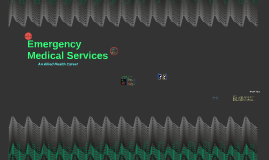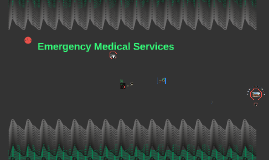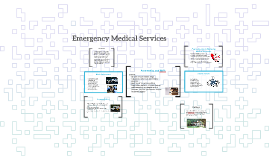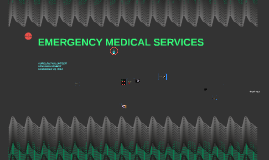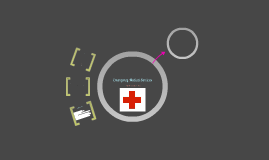Emergency medical services
Transcript: EMTs who work for private ambulance services may work a wide variety of hours. Some ambulance services schedule EMTs to work 12 hours shifts, such as 7 a.m. to 7 p.m. EMTs that work for other ambulance services may work a 24-hour on-call shift, followed by 24 to 48 hours off. Because emergency care has to be available around the clock, EMTs may end up working 50 or 60 hours a week to be sure there is a professional available at all times. When not actually at work, these heath care professionals may need to remain on call, and may have to respond at a moment's notice in the event of an emergency. Most of the time, when an athlete is injured, a trainer will quickly evaluate the athlete to determine what care, if any, they need. In the event that the patient cannot be safely moved or cared for by the trainer, EMS is asked to intervene. While the crew is there primarily for sports-related emergencies, they also take care of those in attendance as well. Thank You! in early 1970's, president Nixon had just taken office. America was still entrenched in the Vietnam war. The most important milestone, however, occured only a few years earlier in 1966. President Lyndon B. Johnson received the report Accidental Death and Disability: The Neglected Disease of Modern Society, which identified accidental injuries as the “leading cause of death in the first half of life’s span. emergency medial services provide immediate treatment for those who need help right away, like people who are bleeding out or people who cant breath well. Relates to sport medicine history job description members? At almost any area sports event, you’ll see an Ambulance and EMS (Emergency Medical Service) crew over on the side observing. But, what are they really there for? In many athletic competitions, rules and regulations require an EMS crew to be on stand-by in case of an emergency. Since most events include hundreds, if not thousands of spectators, having EMS there makes great sense. EMS providers are trained to care for sick and injured people; they specialize in resuscitating critically sick or hurt patients. EMS crews operate directly under an ER Doctor with protocols that govern how they give care and where they transport patients. Emergency medical services Training that spans from thirty to three hundred fifty hours are usually required by a student who aims to become an EMT-intermediate. The training requirement varies depending on the procedures that the state allows EMTs to perform. EMT-intermediate programs teach students more sophisticated life support skills such as medication dispensing, intravenous procedures and advanced airway management. years of schooling The median annual wage for emergency medical technicians (EMTs) and paramedics was $31,020 in May 2012. The median wage is the wage at which half the workers in an occupation earned more than that amount and half earned less. 62 ECG bpm







